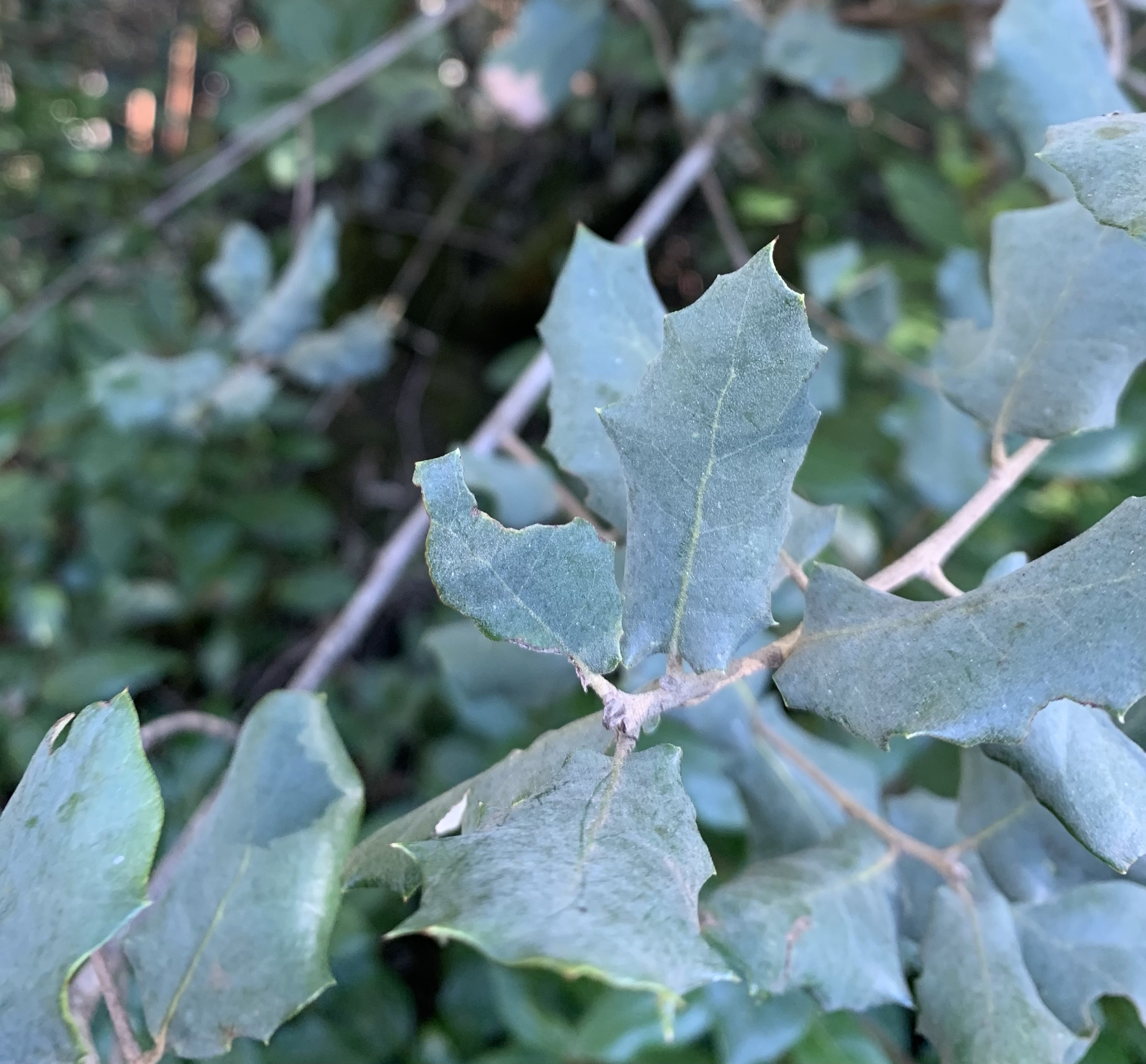From May 1st until now I have been down memory lane. One was a walk through Southall, West London to an Ealing Borough school I once taught at. It is still a vibrant and mainly Indian area with many Sikh Gurdwaras, mosques and temples. You may wonder how these streets of London can connect to bird habitats but not far away from these busy streets is one of my favourite bird places Minet Country Park. West London has many more and these places do feature in the journey of the bee- eater and bumble-bee in my first novel Navaselva. All are so important to wildlife and biodiversity thriving.
I started out from some familiar roads near the Grand Union Canal.
I was surprised to find the florist still there and delivering to the school and the White Swan Garage where my old car was often ‘sorted’. It seems the tyre fitting place opposite, a small but efficient one man business had only recently closed. Small family shops were the norm not many years ago and thrived in this area .

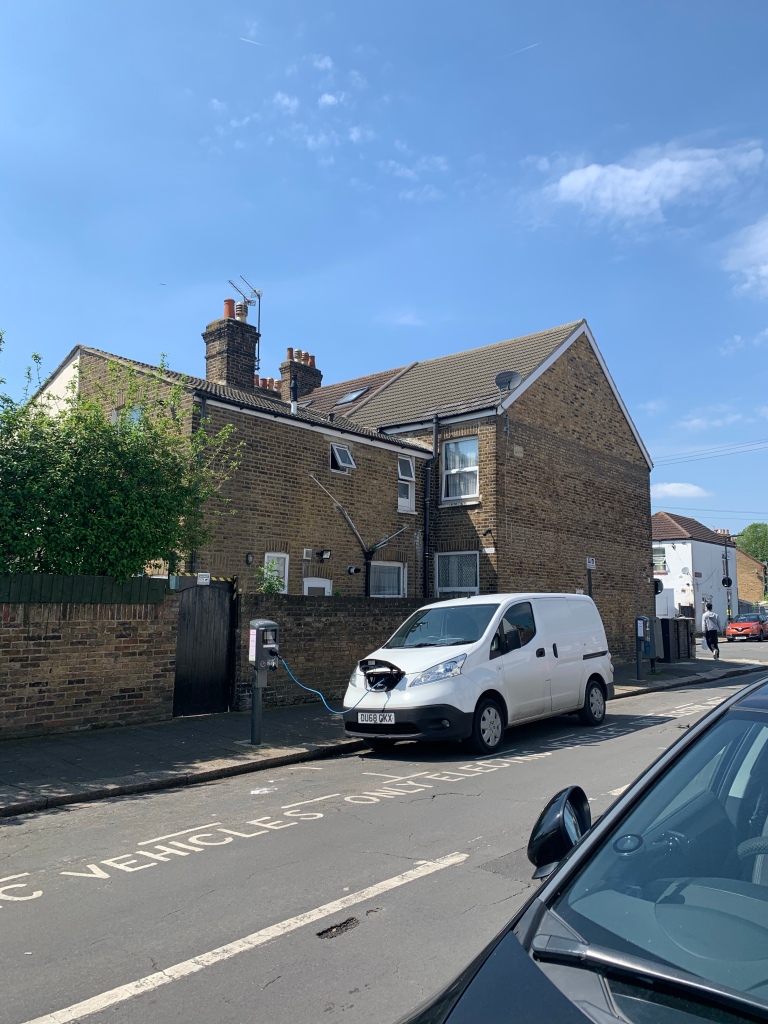


I walk further along King Street and it is as ever busy and the Delhi Wala restaurant is still making vegetarian food and delicious Indian sweets.
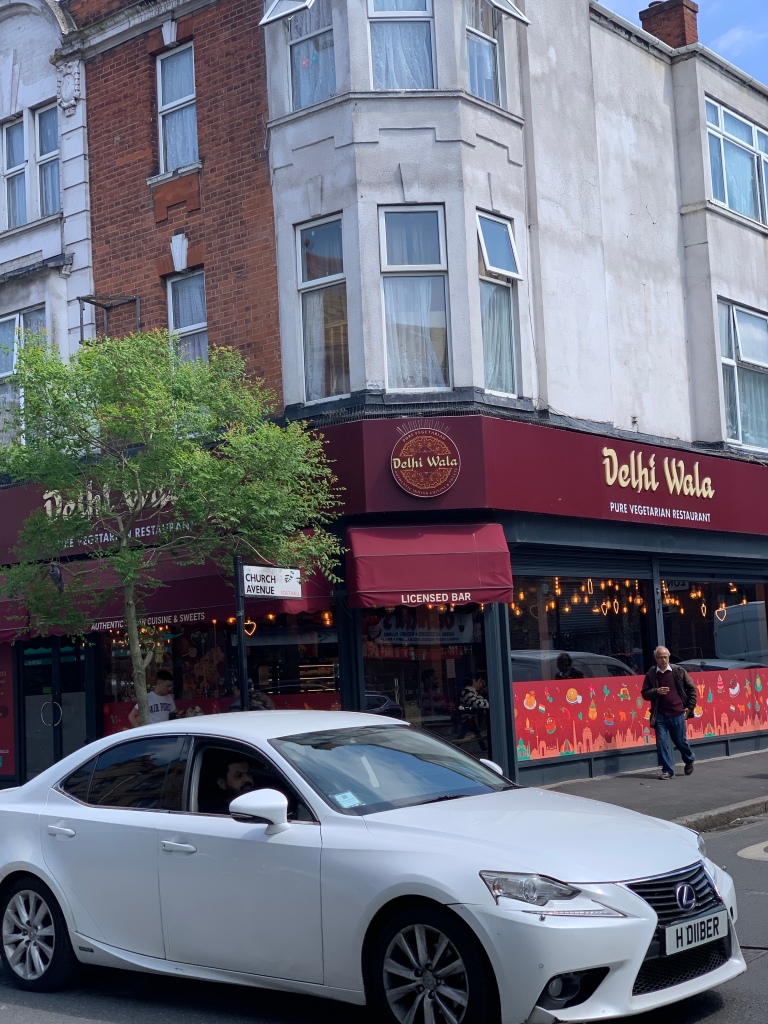
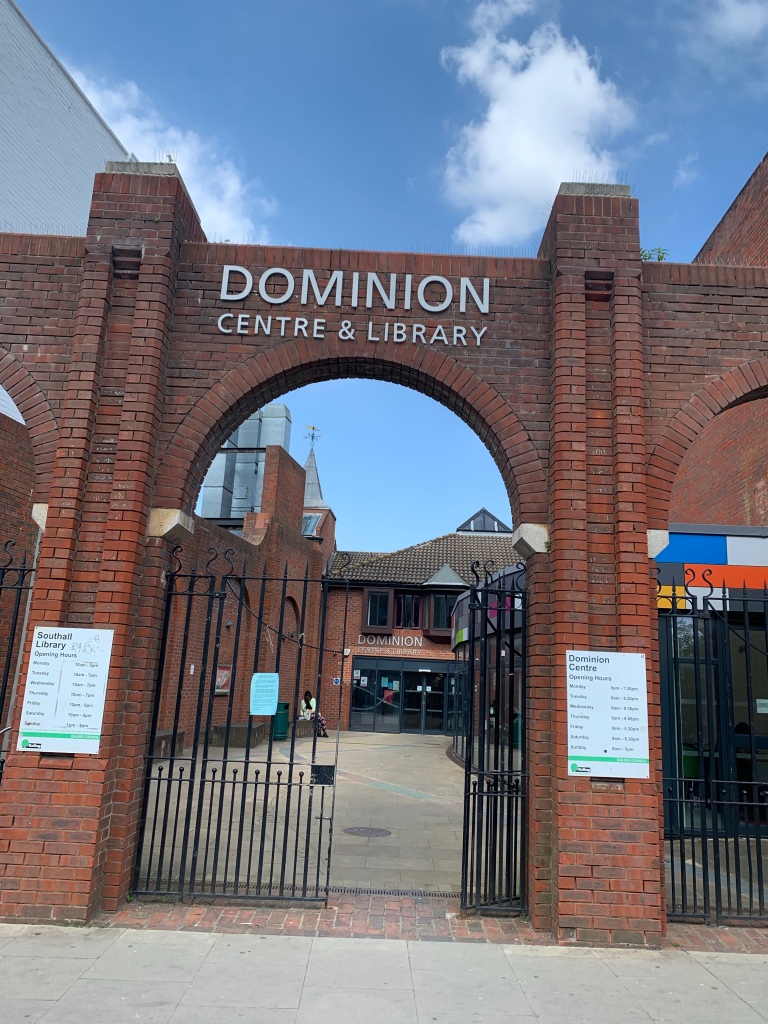


Passing the Dominion Centre I look back to my first walk down these Southall high streets with a Parsi friend from university days. Then this was a cinema but was rebuilt into a community centre and library. There are remnants of old Southall with the Manor House, a Tudor building from 1587 and some green space for the park.
Nearer the train station the new building fever is clearer. Cranes and high rise flats near the railway which now has the advantage of the Elizabeth Line to take you quickly into central London and beyond.




There is also the view of Glassy Junction which once was a pub and then a popular Indian drinking place. One of my former students was nicknamed Glassy for various reasons! One topic for GCSE would always be to write about place and be descriptive. He wrote a brilliant description of Southall Park. Others wrote more direct accounts. For me it was always important to value the places around us but also to express our ideas truthfully in our own voice. Food writing is a new genre too and now at the Glassy Junction you can get a wonderful mix of world food and really good South Indian Dosa. I find it hard to describe food but love describing the natural world.
Further along is the Liberty building, once an old cinema too and now an emporium. I remember Southall being the place to buy gold and now there are many wedding fashion shops too. And always lots of fresh vegetables and fruit.

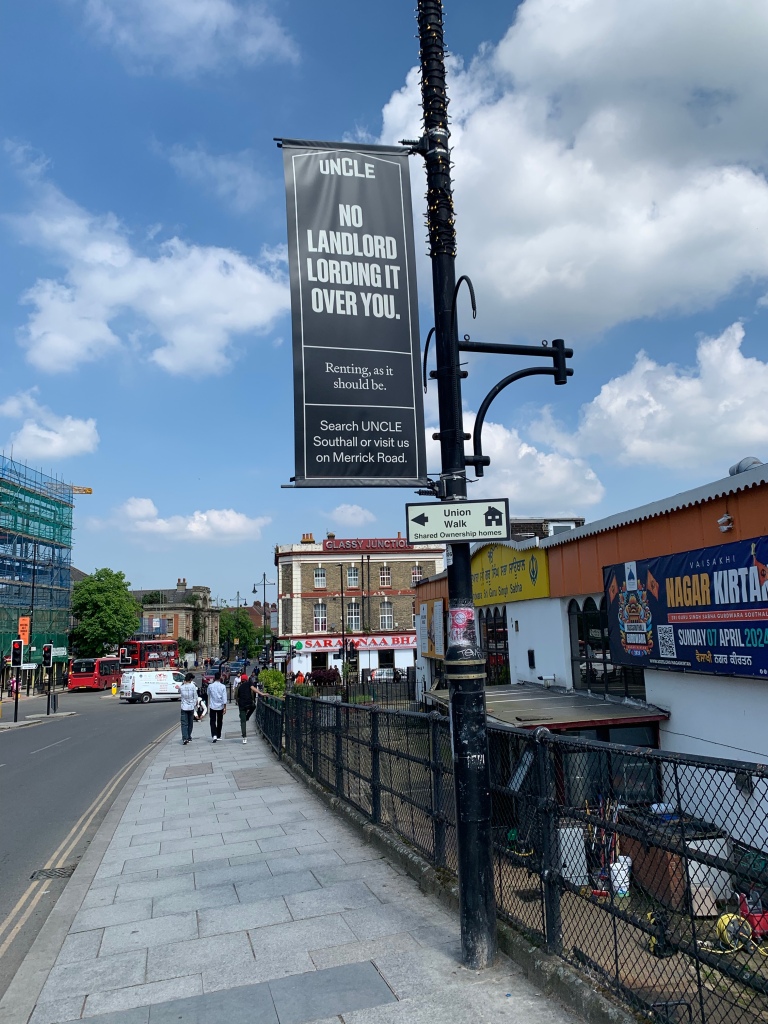


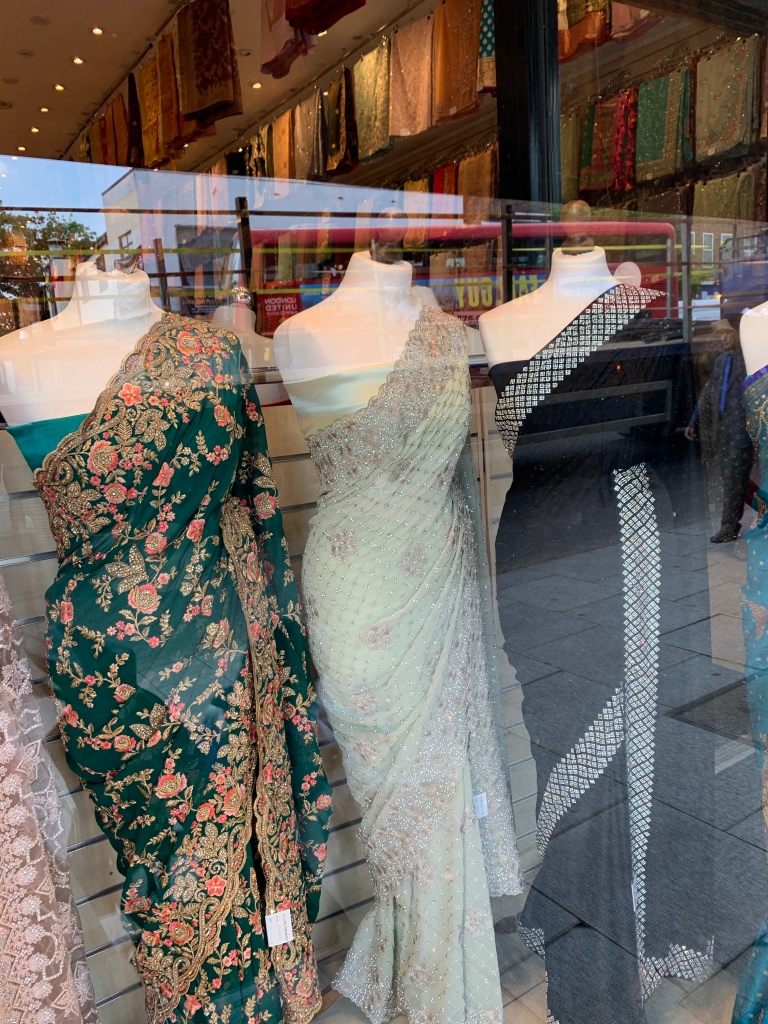



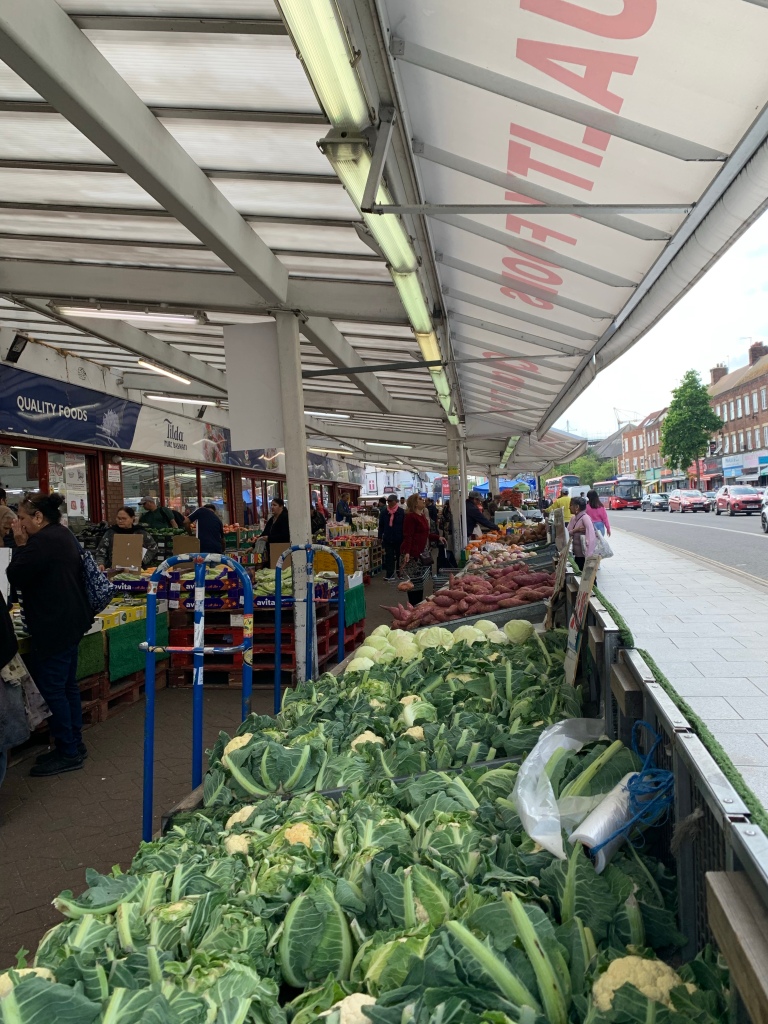
On the other side of the road, opposite the station is the Green Quarter. Am not sure how upmarket this development is and how many truly affordable homes for locals but it is where the old gas works were adjacent to the canal and Yeading brook.
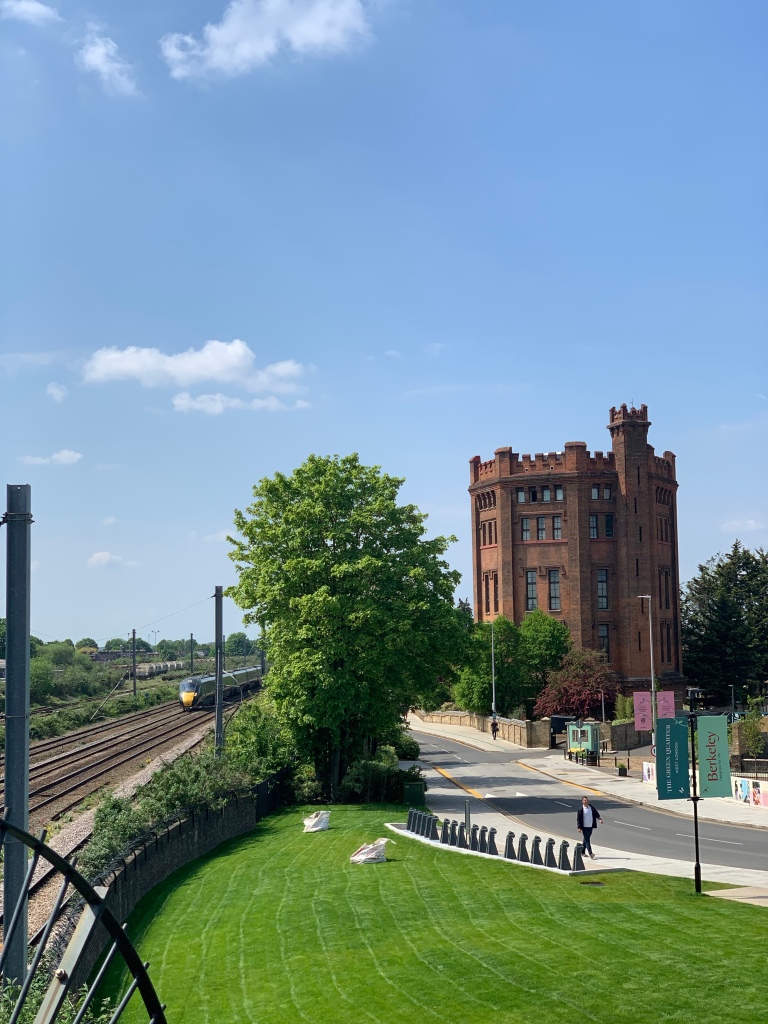
Minet Country Park – Bird Place of the Month
On the other side of these waterways is Minet Country Park. I am not sure whether you can walk to Minet from Southall Station yet but certainly you can from the next stop Hayes Station. The organisation A Rocha had their headquarters in Southall near Southall station and were instrumental in ensuring the variety of birds at Minet were protected. A Rocha moved not long ago to Brentford but have also invested in Wolf Fields not far from the canal. I should also mention their beginnings in Portugal along the Alvor estuary. Again steadfastly campaigning against insensitive development in another very biodiverse area.
Minet Country Park was for a while a bit of a wasteland. From the other school I worked at I looked out onto it from my classroom and saw it change from being full of rubbish after week end car boot sales to becoming a Green flag country park. Dave Bookless * and others were really important in identifying the importance of this place and at least 100 different bird species have been seen in this area.
Minet is back fully under the supervision of Hillingdon as an open space while A Rocha have transformed another area.
https://www.hillingdon.gov.uk/minet-country-park
We used to organise walks around Minet park with A Rocha and I think it is from these that I began to learn about the biodiversity and the journeys of some extraordinary small birds, the white throat warblers and the larks.
While trying to find out if the larks still visit I came across two interesting local blogs with posts on Minet. I can offer their walks around the park as I will not make it back there for a while.
https://winowendyswildlifeworld.blogspot.com/2015/04/my-first-but-certainly-not-my-last.html
Some larks would nest in a fenced off central part with a cycle track around it. Larks are ground nesting birds and can live with the bike track but not interfering dogs and people. This was a good compromise. The whitethroats prefer bushes and hedgerows.
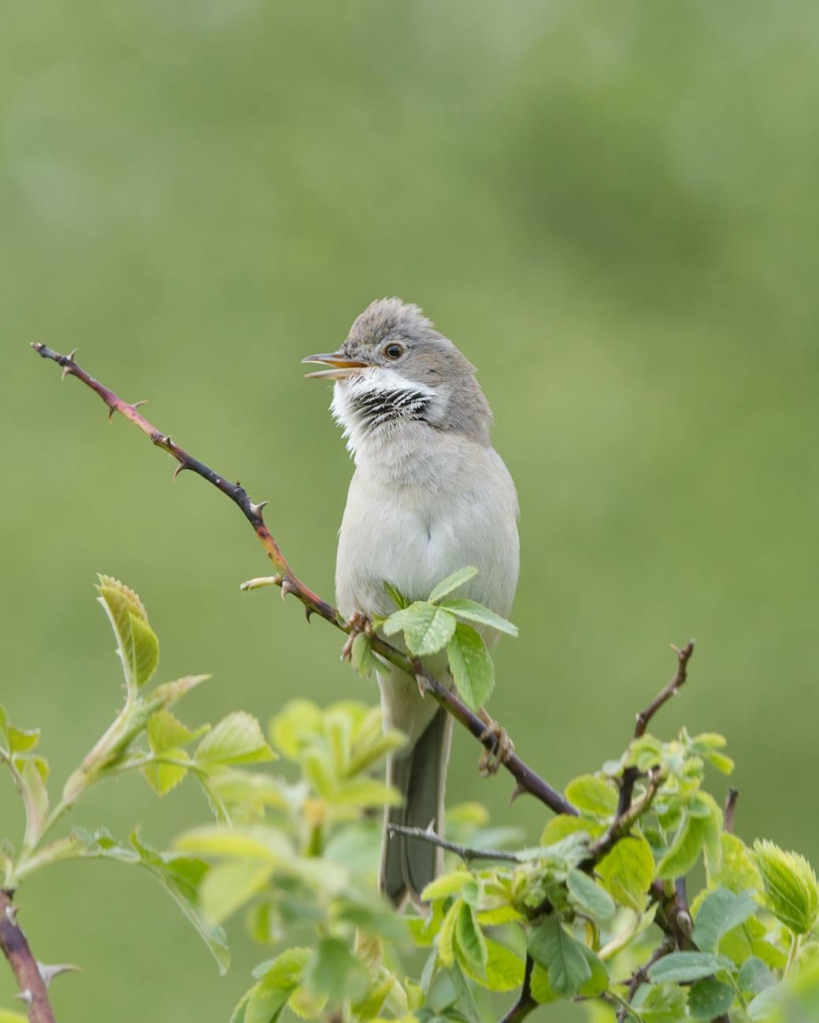
https://www.rspb.org.uk/birds-and-wildlife/whitethroat
Minet is one of the important green spaces in London but also under threat from the new developments. Already a road has been built on its southern border for access to the new housing. It is in many ways surrounded and it is only the birds and maybe bats which can find their ways to other green spaces safely. The pond was renovated with a grant when a major gas main was laid through part of the park. From one high point in the park you can see the arch of Wembley Stadium and I believe old Wembley turf was placed here. I may have stood on the grass Bobby Moore and the England team of 1966 were on when they won the World Cup.
https://en.wikipedia.org/wiki/Minet_Country_Park
Our walks with students round the park created a lot of cross curricular activities with science and biodiversity square measuring, maths and symmetry of flowers, history and of course creative writing, poetry and drama.

https://en.m.wikipedia.org/wiki/Lark
The other stars of Minet are the larks. And we would see these flying high above the nests and singing. One student described the male as showing off being a ‘fit’ bird which indeed is what the display of hovering and singing is all about. And yes the music department contributed with listening to the Lark Ascending, Vaughan Williams and creating their own responses.
As ever my novel being so much a part of my nature journey also centres around Minet but in the closing chapters. The whitethroats want a really special story to share as usually the swifts and swallow stories dominated the gatherings of messenger birds at the Meetings of the Many.
From Navaselva, The Call of the Wild Valley: ‘The whitethroats were in a frenzy of fluttering. The story they had to tell was to have a happy ending. But they lost the bee-ester by the river as he had dived low down towards the vast flowering tree palace. On catching up with him they saw him being chased by a large group of angry buzzing bees. Not long after, they saw his flashing blue and rainbow colours winging low down by the caged forest. And then he appeared to disappear inside.’
‘When dusk fell the whitethroats returned to Minet. Here berated by the larks and the swifts for losing the bee-eater, all seemed a lost cause and story.
Minet was their special place, nestled between the many stacked rocks of Long-Done. Millennia ago, it had been home to myriads of giant beasts but nowadays it was a welcome respite from the growing rocks of the Outsiders. There were several oaks that had seen many changes and their deep rooted knowledge helped create a complex ecosystem of animals, plants, fungi.
Minet farm once had abundant hedgerows of hawthorn and maple. These sheltered the growing plants and prevented the kept ones from running wild. This had been a great place for birds and also the meadows, some always left wild for a while where many different kinds of flowers would sway. Ox eye daisies, poppies, cornflowers. White red and blue drew many insects to them. Peacock, admiral, marbled white, speckled wood, were the different kinds of butterflies and the burnet moth which would fly in the day. At night there were many different kinds of moth. The larks loved these wild meadows and hedges. But there were fewer and fewer places like this now.’
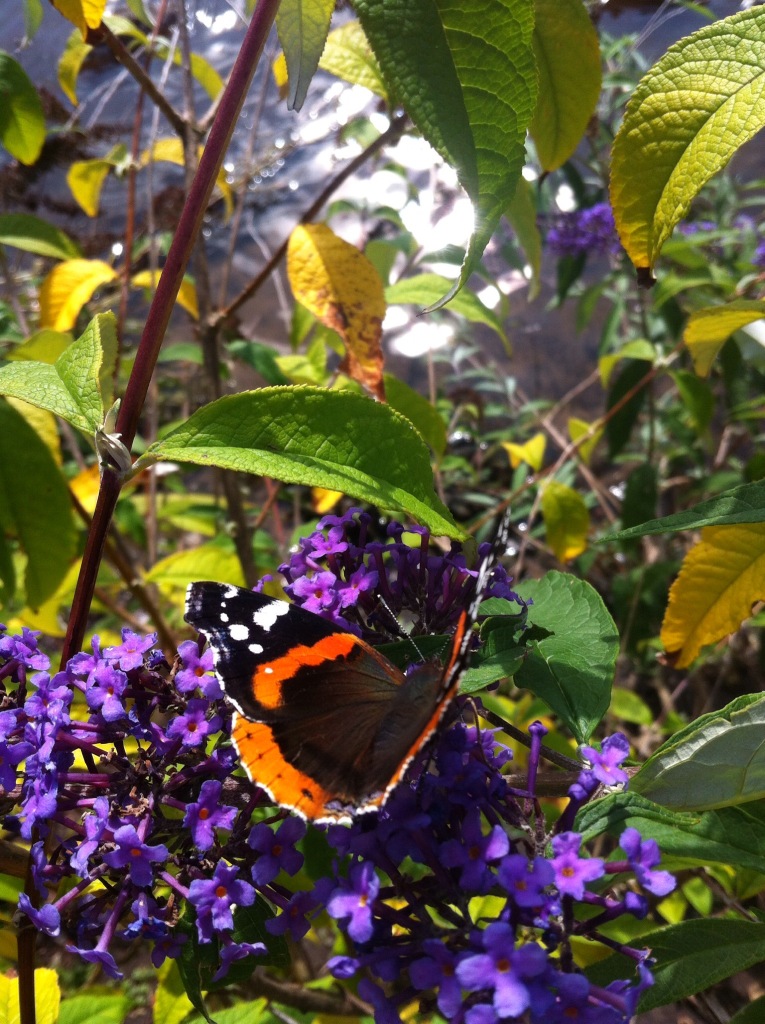
Thanks for reading . The last week has been diffficult as one of the matriarchs of the family aged 98 passed away. Memories of those times involve more London Bird Places which I will come back to.
Thanks to all those who have been contributing to Bird Place of the Month. Please leave your links and I will be collating for a 6th monthly review. Apologies too one of my key emails needs to be sorted too so can not easily respond except through JetPack which I find cumbersome.
Here are the links to my novel and to Dave Bookless’ writings.
*https://arocha.org/en/about/people/dave-bookless/






























































































